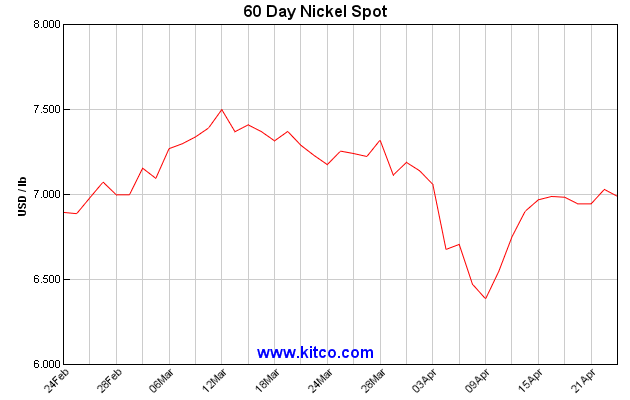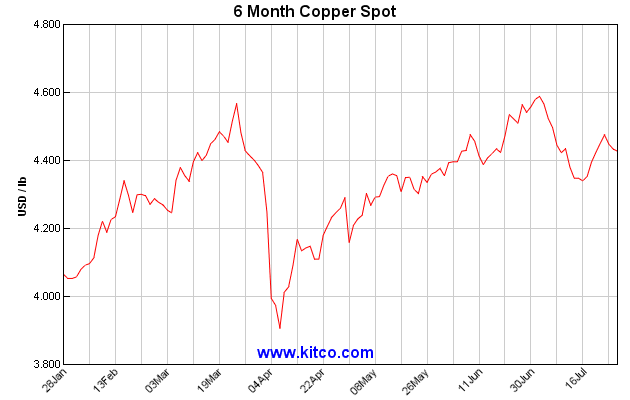Giant Writedown Is Seen for Merrill LynchMERRILL LUNCH, SUBPRIME LENDING CRISIS, EARNINGS, CREDIT CRUNCH, MERGERS & ACQUISITIONSBy Julia Werdigier and Jenny Anderson,The New York TimesThe New York Times| 10 Jan 2008 | 11:01 PM ET
Merrill Lynch is expected to suffer $15 billion in losses stemming from soured mortgage investments, almost double its original estimate, prompting the firm to raise additional capital from an outside investor.
Merrill , the nation’s largest brokerage firm, is expected to disclose the huge writedown when it reports earnings next week, according to people who have been briefed on its plans. The loss far exceeds the $12 billion hit many Wall Street analysts had forecast.
To shore up its deteriorating finances, Merrill is now in discussions with investors in the United States, Asia and the Middle East, including American private equity firms, to raise about $4 billion in the coming days, these people said.
The developments underscore the rising toll that the mortgage crisis is taking on many once-proud Wall Street banks. In recent months Merrill and several other firms have grabbed financial lifelines from wealthy foreign governments. Further investments by so-called sovereign wealth funds could prompt scrutiny by Congress.
The latest moves at Merrill come as John A. Thain, who became the company’s chairman and chief executive in December, struggles to bolster the firm’s capital, burnish its reputation and avoid the toxic internal battles that have hurt the firm in the past.
Mr. Thain, who won plaudits as head of the New York Stock Exchange, has wasted little time. After he took over last month, Merrill Lynch promptly sold a $5.6 billion stake to Temasek Holdings, which is controlled by the government of Singapore, and Davis Selected Advisers, a money management firm based in Tucson.
During a meeting in December in London, Mr. Thain told anxious employees that Merrill expected further losses after an $8.4 billion write-down in the third quarter. He also said the firm would require additional capital. He said the fourth quarter would be a "very bad quarter," those attending recalled.
Mr. Thain has made clear that Merrill would not sell its 49 percent stake in BlackRock, the global money management firm. But he has said that Merrill is considering selling noncore assets like its stake in Bloomberg, the financial news and information company founded by Mayor Michael R. Bloomberg of New York. In a research report, Brad Hintz, a securities analyst at Sanford C. Bernstein & Company, said that stake was worth about $4 billion.
Mr. Thain also said at the London meeting that Merrill's management style needed to change. Recalling his days as a co-president of Goldman Sachs, Mr. Thain said that he wanted employees to build consensus.
Among other things, that means Merrill will now pay fewer bonuses based on individual performance and instead focus on the performance of a team. Many employees received bonuses this week that included a greater portion of stock than in the past.
Merrill is hardly alone in seeking capital from overseas. United States financial institutions have raised more than $29 billion from foreign governments and their related investment entities, according to the market research firm Dealogic.
In recent months, the Government of Singapore Investment Corporation, Singapore’s lesser-known government fund, invested $9.7 billion in UBS; Citigroup sold a $7.5 billion stake to the Abu Dhabi Investment Authority; and the China Investment Corporation poured $5 billion into Morgan Stanley .
If a foreign government takes another big stake in Merrill, Congress might ratchet up its scrutiny of sovereign wealth funds, which have ballooned thanks to rising oil prices and booming emerging markets.
On Thursday, Senator Charles E. Schumer, Democrat of New York, expressed concern about the amount of money American financial institutions are contemplating raising from sovereign wealth funds.
"Foreign investment, in general, strengthens our economy and creates jobs," Senator Schumer said. "Because sovereign wealth funds, by definition, are potentially susceptible to noneconomic interests, the closer they come to exercising control and influence, the greater concerns we have."
So far, none of the foreign investors that have bought into United States banks have sought management roles. "All have been very consciously structured to be passive," said H. Rodgin Cohen, chairman of Sullivan & Cromwell, who has worked on a number of these deals. "None have asked for directors."
In addition to seeking funds from outside investors, which heavily dilutes the stakes of existing shareholders, Merrill Lynch has sought alternative ways to raise capital. In December, it agreed to sell most of its commercial finance business, Merrill Lynch Capital, to General Electric, raising about $1.3 billion in equity.
Mr. Hintz, the securities analyst, suggested another option would be to reduce the firm’s fixed-income business by a third, which would add about $3 billion in capital.
He estimates that Merrill will write down its $27 billion of combined collateralized debt obligation and subprime-related exposures by $10 billion and report a loss of $5.10 a share for the fourth quarter. Any write-down above $20 billion, he said, would "significantly increase leverage and would threaten the credit ratings of the firm."
During the London meeting, Mr. Thain said that Merrill would have to build its presence in China as well as expand its principal investing businesses, including private equity, commercial real estate and infrastructure.
Copyright © 2008 The New York Times



